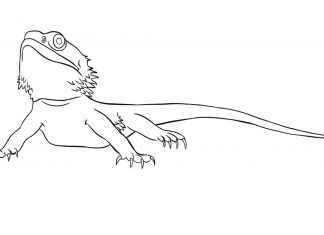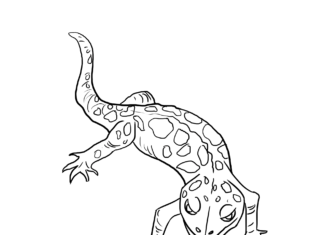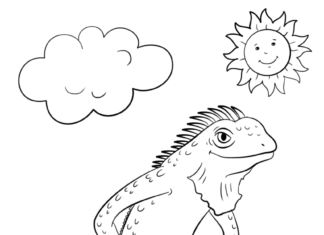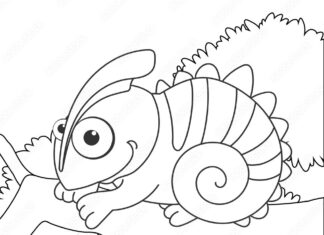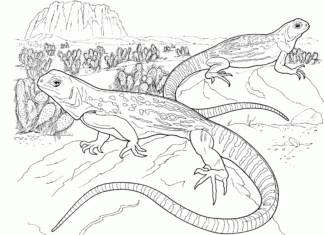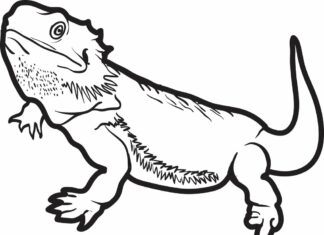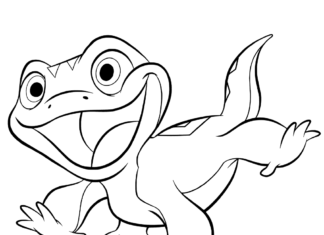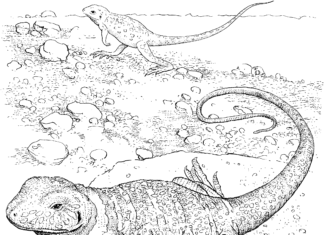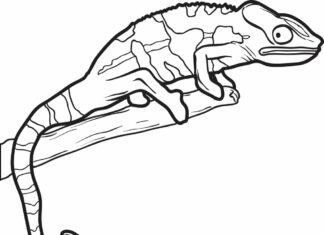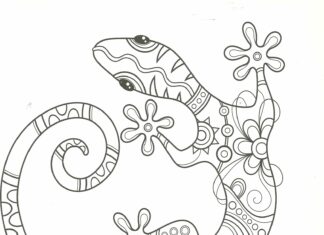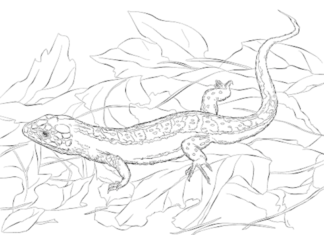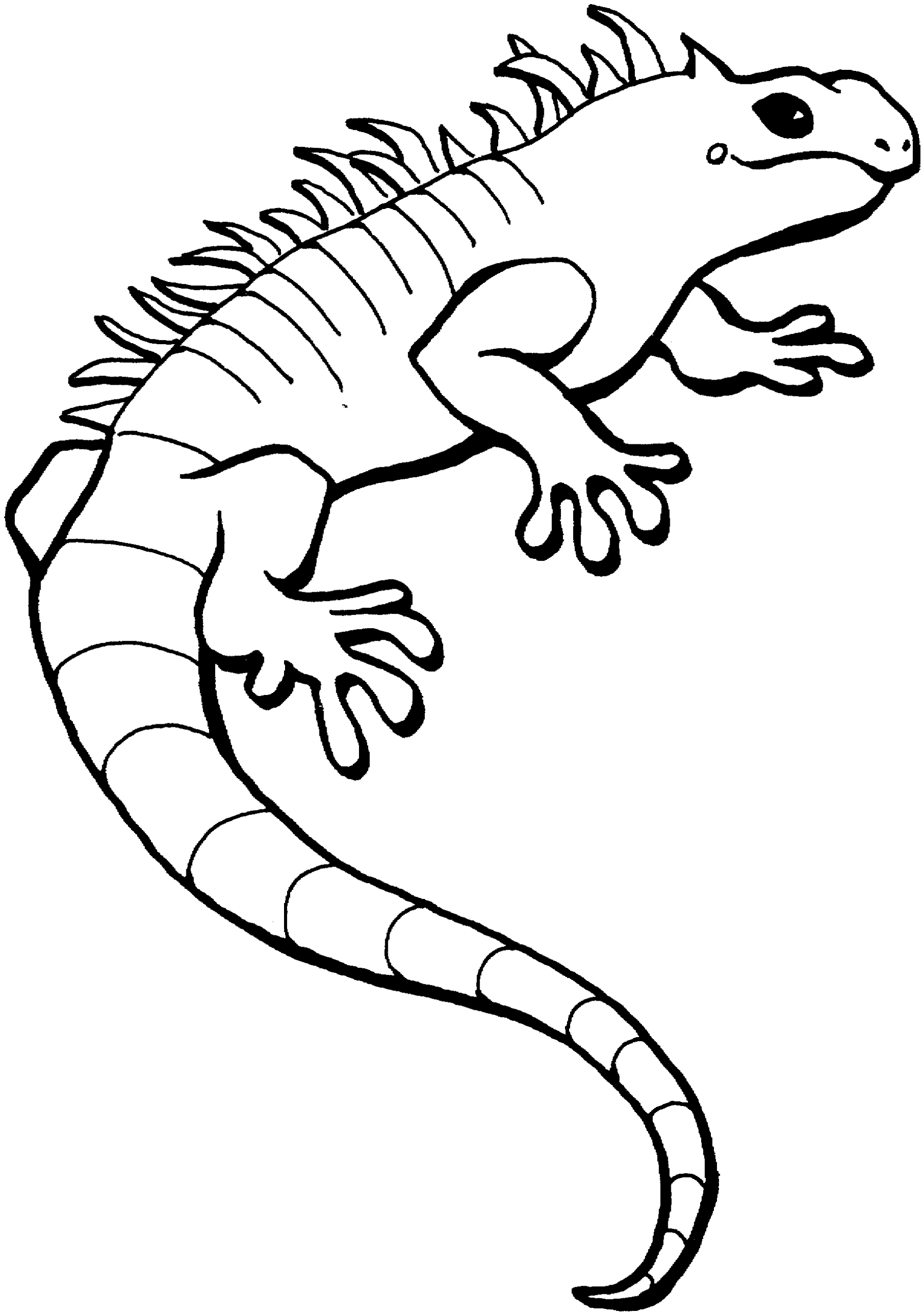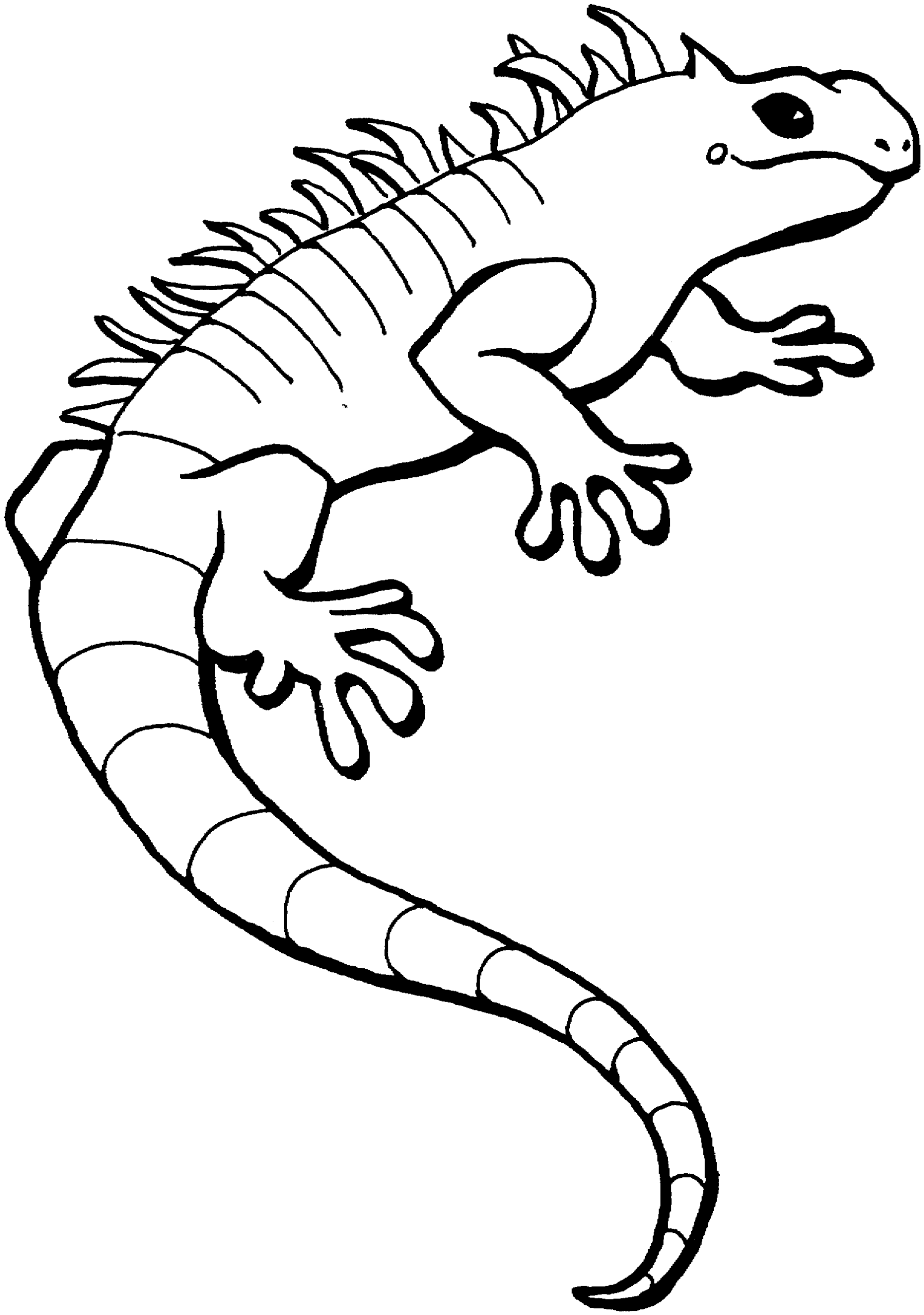Lizards are a diverse group of reptiles belonging to the order Scalefoot (Squamata). They are found all over the world, live in a wide variety of habitats and vary in appearance, behavior and ecology.
Lizard Coloring Book
information
- Diversity of species: There are more than 6,000 known species of lizards, making them one of the most diverse groups of reptiles. You can find them on every continent except Antarctica.
- Differences in size: Lizards come in a variety of sizes. They can be very small, like the dwarf lizard (Sphaerodactylus ariasae), which is only a few centimeters long, or large, like the Komodo monitor (Varanus komodoensis), which can reach up to 3 meters in length.
- Living environments: Lizards live in a wide variety of habitats, from deserts to rainforests and mountains. There are species adapted to live in trees, on the ground, on rocks, in water or in swampy areas.
- Diet: The diet of lizards depends on the species and environment. Most lizards are carnivores, feeding on insects, small mammals, birds, insects and other invertebrates. Some species are herbivorous.
- Sun exposure: Lizards are variably warm animals, which means that their body temperature depends on the environment. That's why they can often be found sunbathing to warm up their bodies.
- Tail regeneration: Some lizards have the ability to regenerate their tails. If their tail is cut off, they can grow it back within a few weeks.
- Method of propagation: Lizards reproduce in a variety of ways. Most species are oviparous, laying eggs, but there are also viviparous lizards that give birth to live young.
- Changing colors: Some species of lizards, such as the chameleon lizard, are known for their ability to change skin colors. This is usually related to communication, temperature regulation or camouflage.
- Important ecological role: Lizards play an important role in ecosystems as predators that control populations of insects and other small animals.
- Cultural impact: Lizards are often present in the mythology, folklore and culture of various communities around the world. In some cultures, they are a symbol of wisdom, longevity or protection.
trivia
- Chameleon lizard tongue: Chameleon lizards have an unusual tongue that they can extend over considerable distances to catch prey. This tongue is agile and can move very quickly, and its design allows it to grab insects.
- Capturing insects in flight: Some species of lizards, such as agamas (Agamidae), are known for their ability to catch insects in flight with their jaws.
- Sea lizards: There are sea lizards that can swim in the salty sea. An example is the marine iguana lizard (Amblyrhynchus cristatus), which lives in the Galapagos.
- Longevity: Some lizards can live a long time. For example, the giant lizard (Gallotia stehlini) from the Canary Islands can live up to more than 60 years.
- Poisonous lizards: Lizards are rarely poisonous, but there are exceptions. The heloderma lizard (Gila monster and Mexican beaded lizard) produces venom that can be dangerous to humans.
- Variability in chameleons: Chameleon lizards are known for their ability to change their skin color. However, this ability is related to their ability to regulate body temperature and communicate, not to mask themselves.
- Lizards as pets: Some species of lizards, such as geckos, are popular pets. They are relatively easy to keep and are often chosen as first exotic pets.
- Differentiated defense strategies: Lizards use a variety of defensive strategies. Some species may throw back their tails to distract predators, others may change their skin colors, and some have sharp spines or sharp fangs as a defense.
- Flying lizards: Some species of lizards, such as the parachute lizard (Draco volans), can "fly." However, this is not full-fledged flying, but rather a controlled "leap" from tree to tree using skin membranes.
- Culture and mythology: Lizards are often present in the folklore and mythology of various cultures. In some societies, they are considered symbols of adaptability, change and diversity.


